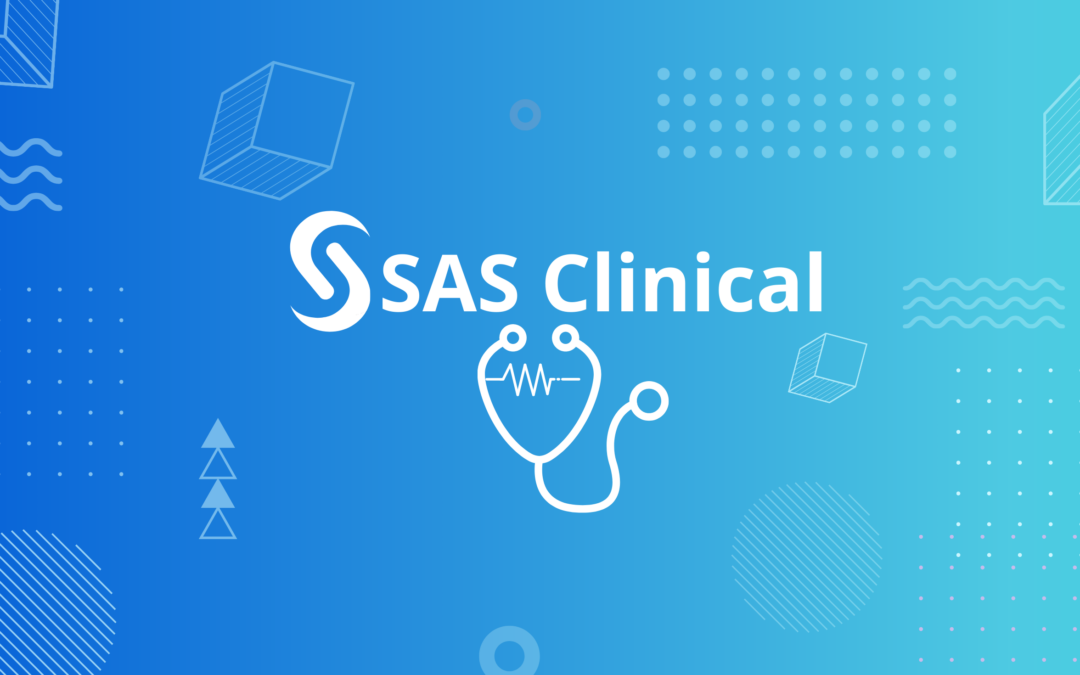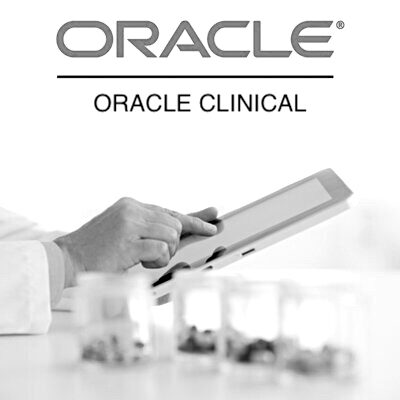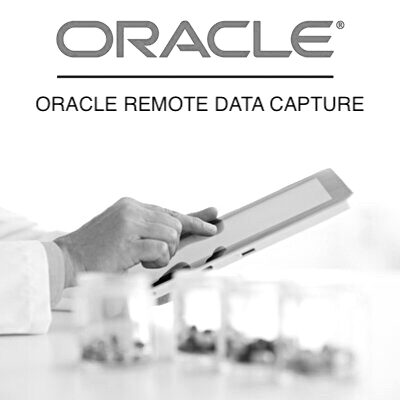How is SAS in Clinical Trials: Transforming Data into Lifesaving Insights
Table of Contents
- Introduction
- The Role of Clinical Trials in Healthcare
- Key Phases of Clinical Trials
- The Significance of SAS in Clinical Trials
- How SAS is Used in Clinical Trials
- Challenges in Using SAS in Clinical Trials
- The Future of SAS in Clinical Trials
- Conclusion
- Oracle Clinical Fundamentals
- Oracle Clinical – Live Online
- Oracle Remote Data Capture
- Diploma in Clinical Data Management
Introduction
The field of clinical trials is a cornerstone of modern healthcare, responsible for bringing innovative drugs and treatments to patients. To ensure the success and safety of these trials, a significant amount of data must be collected, analyzed, and reported. In this blog, we’ll explore how Statistical Analysis System (SAS) is used in clinical trials to handle data, ensure regulatory compliance, and facilitate evidence-based decision-making.
The Role of Clinical Trials in Healthcare
Clinical trials are research studies that investigate new medical treatments, drugs, and interventions, as well as their effectiveness and safety. These trials play a crucial role in the development of new medications and medical devices, enabling healthcare professionals to make informed decisions about the best treatment options for their patients.
Key Phases of Clinical Trials
Clinical trials typically progress through four main phases:
- Phase I: These trials assess the safety of a new treatment or intervention in a small group of healthy volunteers. The focus is on determining safe dosage levels and identifying side effects.
- Phase II: In this phase, researchers evaluate the treatment’s efficacy and side effects in a larger group of patients with the condition of interest. The goal is to determine the most effective dose.
- Phase III: Phase III trials involve even larger groups of patients to compare the new treatment with existing standard treatments or placebos. Researchers aim to assess its efficacy and safety comprehensively.
- Phase IV: Also known as post-marketing surveillance, this phase occurs after a treatment has received regulatory approval. It aims to monitor the long-term safety and effectiveness of the treatment in a real-world setting.
The Significance of SAS in Clinical Trials
Clinical trials generate vast amounts of data, ranging from patient demographics and medical histories to laboratory results and adverse events. To extract meaningful insights from this data and ensure the success of clinical trials, researchers and biostatisticians turn to SAS, a powerful and versatile software suite. SAS is renowned for its capabilities in data analysis, statistical modeling, and report generation, making it an indispensable tool in the pharmaceutical and biotechnology industries.
How SAS is Used in Clinical Trials
- Data Management: The first step in any clinical trial is data collection. SAS is used to manage and store the data securely. It can handle structured and unstructured data, ensuring data quality and integrity.
- Statistical Analysis: SAS provides a wide range of statistical procedures and algorithms for analyzing clinical trial data. Researchers use SAS to perform descriptive statistics, regression analysis, and more, helping them understand the impact of the treatment under investigation.
- Data Visualization: Data visualization is a critical aspect of clinical trial data analysis. SAS offers various tools for creating graphs, charts, and tables that make it easier for researchers to interpret data and communicate their findings to stakeholders.
- Safety and Efficacy Analysis: In Phase III clinical trials, SAS is used to evaluate the safety and efficacy of a new treatment compared to existing standards or placebos. This analysis helps determine if the treatment is effective and whether it has any adverse effects.
- Adverse Event Reporting: SAS is crucial for tracking and reporting adverse events in clinical trials. It helps researchers identify trends and assess the safety of the treatment, ensuring compliance with regulatory requirements.
- Compliance and Regulatory Submissions: Clinical trial data must adhere to strict regulatory guidelines. SAS provides tools for creating regulatory submission-ready documents, making the process smoother and more efficient.
- Sample Size Determination: SAS assists in determining the appropriate sample size for clinical trials, ensuring that studies have the statistical power to detect meaningful differences.
- Patient Recruitment and Retention: SAS can be used to optimize patient recruitment and retention strategies, helping researchers meet enrollment targets and maintain the integrity of the trial.
- Quality Control and Validation: SAS provides a robust environment for data validation and quality control. This is critical to ensure the accuracy and reliability of the data collected during clinical trials.
- Custom Reporting: Researchers and biostatisticians use SAS to create custom reports that present the findings of the clinical trial in a clear and concise manner, facilitating decision-making by regulatory bodies and stakeholders.
Challenges in Using SAS in Clinical Trials
While SAS is an incredibly valuable tool in clinical trials, it is not without its challenges:
- Complexity: SAS can be complex and requires a significant learning curve, particularly for individuals without prior experience in using the software.
- Data Volume: Clinical trials generate large volumes of data, and handling such data can be resource-intensive. This necessitates robust computing infrastructure.
- Data Security: The privacy and security of patient data are paramount. Ensuring compliance with data security regulations, such as HIPAA, is essential.
- Interoperability: Ensuring that SAS can integrate with other clinical trial management systems and data sources is critical for efficient data management.
- Regulatory Compliance: Meeting the stringent regulatory requirements of clinical trials is a continuous challenge. SAS plays a significant role in this aspect, but it requires meticulous attention to detail.
The Future of SAS in Clinical Trials
The future of SAS in clinical trials looks promising, with several trends and advancements on the horizon:
- Advanced Analytics: The integration of machine learning and artificial intelligence into SAS can provide more sophisticated data analysis techniques, leading to deeper insights and personalized treatment options.
- Real-World Evidence (RWE) Integration: RWE from sources like electronic health records (EHRs) is becoming increasingly important. SAS will need to accommodate the integration and analysis of diverse data sources.
- Blockchain for Data Security: As data security becomes more critical, SAS may integrate blockchain technology to enhance the security and integrity of clinical trial data.
- Data Sharing and Collaboration: SAS can facilitate data sharing and collaboration among research organizations, speeding up the clinical trial process and reducing duplication of effort.
- Patient-Centric Data: The focus on patient-centric care will result in more patient-generated data. SAS can help manage and analyze this data for better patient outcomes.
Conclusion
SAS is a cornerstone of clinical trial data management and analysis, playing a pivotal role in ensuring the safety and efficacy of new treatments and interventions. From data collection and statistical analysis to regulatory compliance and reporting, SAS is indispensable in the complex and highly regulated world of clinical trials.
As technology advances and the demand for personalized medicine grows, SAS will continue to evolve, incorporating new techniques and methods for more comprehensive and accurate data analysis. The future of clinical trials and healthcare, in general, will depend on the insights generated by SAS, ultimately leading to improved patient care and the discovery of lifesaving treatments.
You may be interested in…




